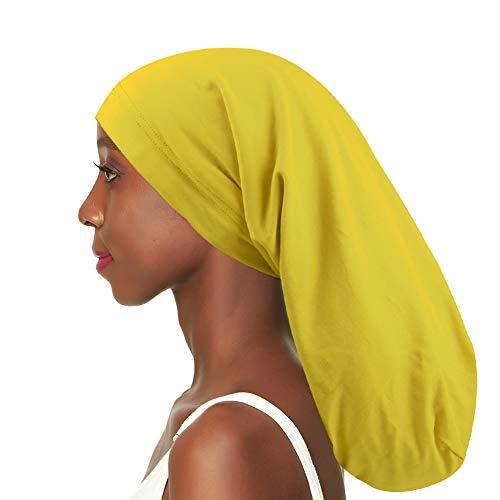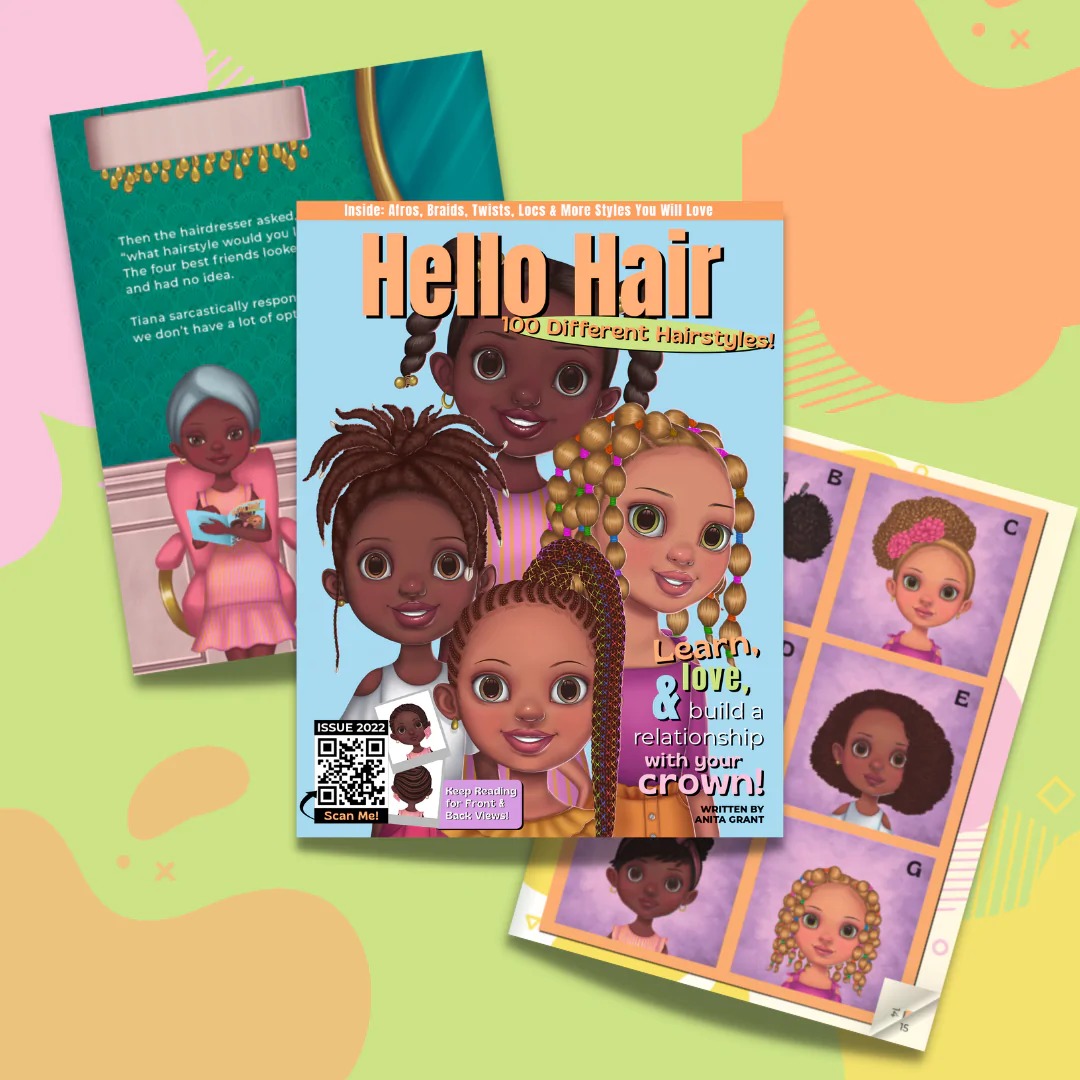Have you ever noticed little red pieces of lint at the bottom of your locs the day after wearing a red fabric? Clothing fibers attaching to a loc is a common challenge for people locking their hair. The main process in locking hair is for it to tangle and for the web of strands to remain held together as it continues to grow. Anything that is added to the surface of the locked hair will naturally be pulled into the loc as it continues its regular locking process.
Starting a loc journey does not mean you can’t wear the red scarf, but there are some steps to take to make sure the scarf does not become a permanent part of your locs. Loc wearers can routinely follow five easy steps to prevent lint from making a home in your locs.
Lint and build up are both challenging but let’s define what is considered lint. Lint is any type of debris or foreign particles that is not formed from hair products. Lint can come from particles in the air, the environment (grass, sand, etc.), other hair strands, and fabric. Tangled hair will attach itself to many different materials and textures. One simple step to prevent lint in your locs is to not allow your locs to come in contact with any type of material that will stick to the loc.
Here are 5 things we can do to prevent lint from sticking to your locs:
#1. Reduce the amount of lint that your locs can pick up by keeping your locs away from certain materials.
Some materials are made of fibers that are easy to cling or transfer onto the loc. Cotton, wool, cashmere, fur, some polyester, and fuzzy fabrics are the most common types of materials that may cling to locs.
Check the type of material for your hats, scarves, blouses, and couch. Avoid your locs touching any of the listed types of fabric.
Can you still wear your favorite cotton cardigan? Yes. It’s important to be aware of the type of fabric you are wearing and to check your locs regularly, but especially if your locs touch clingy fabric. Another solution is to wear your hair up if you are planning to wear fabric that could cling to the locs.
#2. Shake and inspect your locs regularly for debris.
Uncovered locs can pick up a variety of things throughout any given day. A good nightly routine could consist of shaking the locs at the end of the night to release anything that may have been picked up by your locs. Shaking the locs can help detach the strands of hair you may have picked up from someone you hugged during the day. In addition to shaking the locs, inspect the locs for any debris that has attached itself to the surface of the loc or the bottom of the loc. If any lint is found, gently remove the lint from the loc.
#3. When lounging at home, cleaning up, mowing the lawn, or sleeping, cover your locs.
The particles in the air during lawn work, the fabric from the couch, or dust from cleaning up can attach itself to your locs. One way to avoid getting this type of lint in your locs is to cover your hair during these activities. Even while sleeping the particles from your bedding could get attached to the surface of your hair. Locs can be covered with a lint free headwrap, a silk scarf, a satin scarf, or a satin bonnet.
#4. Check your locs before wash day to catch any debris before it gets sealed into the loc.
On wash day, use your hands to comb through your locs. Then inspect your locs for lint. If you know your locs may have come in contact with certain material then checking for lint at the end of the day and before a wash can help save your locs from being overtaken by lint.
#5. Dry your freshly washed locs with a lint free towel like a microfiber towel.
Lint transfer is not always noticeable immediately. Using regular towels to dry your locs could lead to lint transfer and it may not be noticed until after several small pieces of fibers have transferred. To dry your locs, use a microfiber towel.
The best way to combat lint is to be proactive in avoiding lint. These five steps can help you prevent lint from sticking and staying in your locs. Once lint is in your locs sometimes it can be picked out, but if the lint has been there for a while it will be challenging to pick out lint without damaging the integrity of the loc. Checking your locs can be a vital step to quickly notice and remove any lint while it’s on the surface of the loc.
As you grow your healthy set of locs, routinely implement these steps to avoid lint. Always be aware of the types of fabrics that your locs touch, shake loose any daily debris, inspect the locs regularly for lint, cover your locs during certain activities, and dry your hair with a microfiber towel to prevent lint in your locs.









